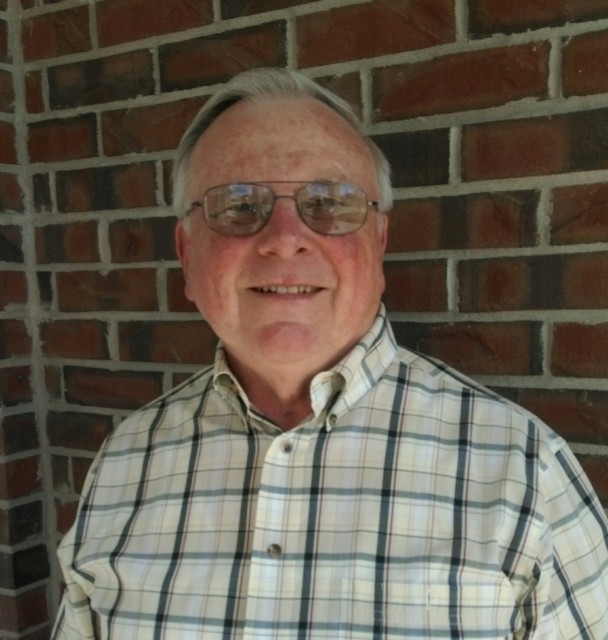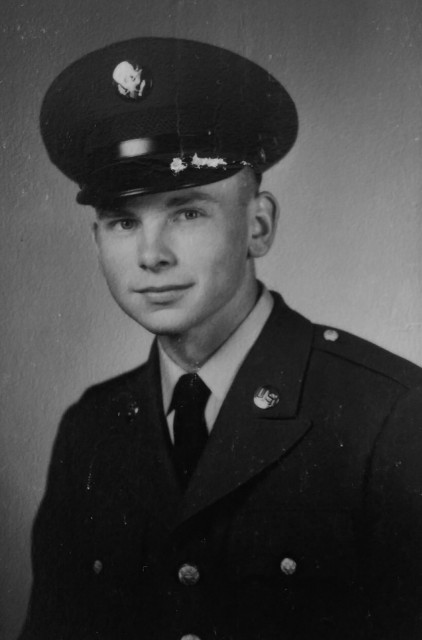War History online proudly presents this Guest Piece from Jeremy P. Ämick, who is a military historian and writes on behalf of the Silver Star Families of America.
The period of the Vietnam War found many a young person in receipt of the infamous draft letter, often compelling the recipient to swap their civilian clothes for a military uniform and depart for a combat zone thousands of miles from home.
According to the National Vietnam Veterans Foundation, approximately 25 percent of the military personnel who served during the Vietnam War era were drafted; however, many served in various support roles far from combat.
“I got my draft letter in September 1965,” said Jefferson City, Mo., veteran Dale Smith, “and that was always something I expected to happen. It was just part of your world back then.”
A 1964 graduate of Russellville (Mo.) High School, Smith was working for state government when entering the service, and was soon on his way to Ft. Leonard Wood, Mo., for his basic training.
While in training, Smith completed testing that identified his attitude for administration; so upon his graduation from basic training, he remained at Ft. Wood for several weeks of clerical training before traveling to Ft. Benjamin Harrison, Ind., for training in personnel management.
Several weeks later, the young soldier received orders for his first and only overseas duty assignment with the United States Army in Europe, otherwise referred to as USAREUR.
Designated the USAREUR on November 15, 1947, the organization was designed to serve as a “non-operational paper organization” that would help “provide administrative and logistic support,” as noted on the US Army in Germany website.

Located in Heidelberg, Germany, Smith was attached to the headquarters company and, for nearly 18 months, performed duties assigned to a personnel specialist, which included passports and marriage licenses.
“Soldiers who wanted to marry German or other European nationals had to have background checks done on the proposed spouse,” Smith said. “I also assisted soldiers, who were traveling to various schools or other duty assignments, acquire the appropriate travel clearances.”
Stationed on a site named “Patton Barracks,” Smith’s time in Germany was not solely focused on the performance of his mlitary duties, but also granted him opportunities to see some of the European countryside.
“We traveled to several different locations on a three-day pass,” Smith recalled. I was able to visit Paris, Amsterdam, Switzerland, Austria, Italy—and many places throughout Germany,” he added.
“I also had the opportunity to take a tour of East Berlin and went through Checkpoint Charlie,” which, Smith explained, demonstrated the stark contrast between West and East Germany.
“This was back before the Berlin Wall came down (in 1989) and when you went through the checkpoint into East Berlin,” he paused, “it was really quite unsettling, since you saw memorial wreaths on the west side of the wall where people died jumping from buildings trying to escape (the then-Soviet controlled section of Germany).”
Yet his visit to East Germany was not the only Cold War experience of the soldier’s time spent overseas; in 1967, his unit was almost involved in the oft-forgotten conflict called the “Six-Day War.”
On June 5, 1967, Israeli forces launched a preemptive airstrike, which essentially decimated the Egyptian air force. By the time the United Nations brokered a cease-fire on June 10, subsequent air strikes were carried out by Israel against targets in Jordan, Syria and Iraq.
“ Our unit was on alert with some of our personnel selected to respond to the conflict,” Smith said, “but it was over with before they had to leave.”

Smith’s enlistment came to an end in November 1967 and he returned to Missouri and his full-time employment with state government. A year later, he decided to begin working part-time for the state while using his GI Bill benefits to attend college.
In 1970, he married his fiancée, Linda Koestner, and graduated three years later from Lincoln University with his bachelor’s degree in business administration. He later worked for two local banking institutions, retiring from Farmers Bank of Lohman in 2011.
Despite having been drafted during a period that seemed to imply service in Vietnam, Smith shared that although his own military service did not place him in a direct combat role, he remains proud that he was able to answer his nation’s call to service.
“I knew in basic (training) that there was a good chance I was going to Vietnam, but when I found out I was going to Germany …” Smith trailed off, “I thought that was a good alternative.”
He added: “But I was prepared to serve wherever I was needed and have absolutely no regrets about my time in the Army; in fact, it was a good opportunity to mature, provided me with money for college and experience in personnel management that I was able to use after I left the service.”
For additional information on the U.S. Army in Germany, please visit here for information about the National Vietnam Veterans Foundation, visit here.
